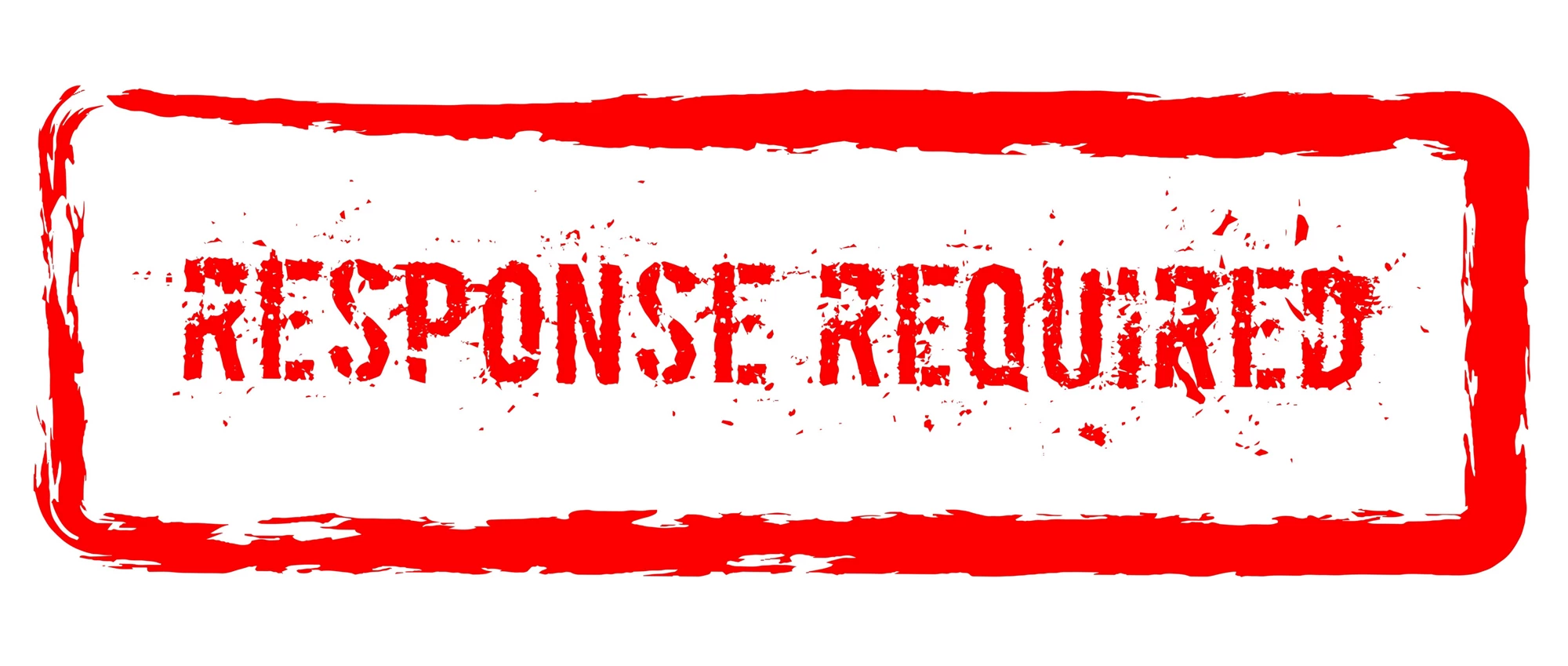 Response required rubber stamp | © DoozyDo, Shutterstock
Response required rubber stamp | © DoozyDo, Shutterstock
Last month, the World Bank kicked off a marathon of brainstorming sessions with national PPP units and government representatives across the globe to get a sense of how COVID-19 (the coronavirus) is affecting their PPP programs. We wanted to encourage frank exchange among peers that will inform conversations for a virtual PPP Community Forum for governments that we’ll launch this month.
Our intention is to proactively support countries as they put in place crisis management and recovery strategies to prevent, mitigate, and backstop distressed PPP projects. While we’re surging to address COVID-19, this is part of our integrated approach to help mobilize private sector financing and expertise for infrastructure development in general—to get more resources to countries for this purpose affordably, in a way that provides value for money.
We know that healthy cooperation with the private sector will be more important than ever as countries exit this crisis even more fiscally constrained. We also know from past crises that many governments will use infrastructure spending as an economic stimulus measure. Our role is very clear: we’re here to help countries optimize private sector infrastructure solutions that are sustainable and resilient as well as informed by best practices, good governance, transparency, and fiscal sustainability. We also want to help them ensure that their infrastructure investment—by both public and private means—supports low-carbon pathways and strengthens resilience to climate change and other kinds of shocks, like the COVID-19 pandemic.
Allow me to give a sense of how we’re looking at this in the short through long term.
Right now, temporary disruptions of demand and operations are leading to revenue losses for PPPs. This is no surprise, and we’re tracking the situation closely. The same is true for delays in construction schedules due to supply-side issues like labor, equipment, and raw material disruptions for projects under construction.
In the medium term, we anticipate a lasting downward trend in revenues from operating projects, adverse impacts on access to financing for those yet to reach financial close, and disruption of construction schedules of projects already underway.
How much should we worry? This is the billion-dollar question. Short-term losses may be recouped with private operators relying on revenue reserves and the fixed component of their payments from long-term service and offtake contracts—and by slowing down non-essential investments. In fact, where project schedules have built in lags for risk events, schedules may recover without lasting impact on project fundamentals. Force majeure, compensation, and change-in-law clauses might apply depending on each case’s circumstances.
These impacts can be mitigated with modest success through force majeure and compensation clauses, using bridge financing, capital injections, renegotiation of key project parameters, and introduction of regulatory flexibility on performance indicators, among other measures. If the pandemic’s impacts are limited to the short or medium term, project credit risk and access to financing may not change substantially.
Further along, adjustments in existing PPP contracts will simply not be possible without proactive steps by government, sponsors, and lenders—given contracts’ limited flexibility to adjust to drastic changes. Terminations and buy-backs initiated by either party could become reality with the government choosing or being forced to operate and maintain distressed projects. This seems less likely; however, policymakers should be cautious and assess sectoral and project-level risks as the situation evolves.
In this vein, I have two words of advice to governments: stay vigilant. We recommend that they review their PPP and state-owned enterprise (SOE) infrastructure portfolios to identify where financial risks are largest and what’s at stake in terms of service delivery if projects underperform or enter financial distress. They should identify options to safeguard the continued delivery of critical infrastructure services while managing fiscal impacts. From there, policy responses vary: from use of available contractual flexibility, financial restructuring, provision of short- to medium-term liquidity, appropriate credit risk enhancement instruments, asset recycling, or monetization of existing assets.
Ideally, governments are already doing this and engaging with private partners and other stakeholders such as financiers and regulators. The World Bank has expertise and resources to support this work as needed. Trust-funded initiatives we house also are ready to assist:
The Public-Private Infrastructure Advisory Facility (PPIAF) has launched a program whereby governments can request support for taking stock of COVID-19’s impact to PPP portfolios; stress-tests of PPP structures; high-level contractual review; relief and provisions for disruptions; and provision of international best practice examples to mitigate impacts, prevent project failure, and fast-track PPP development.
The Global Infrastructure Facility, working through its multilateral development bank partners, is responding with dedicated resources to help with additional studies, repricing, rebalancing, and market sounding with private sector representatives for pre-bid stage projects affected by COVID-19. The facility can also advise SOEs to address liquidity issues and help governments design and prepare investment programs as part of green stimulus packages that are affordable, sustainable, and fit-for-purpose.
What about the long term?
The reality is that we need more resilient PPP and contractual frameworks going forward. PPPs, as a means to deliver infrastructure, are in constant evolution, as is governments’ capacity to effectively procure and implement them. Continued focus on the development of infrastructure as an asset class will help move this along.
But to borrow from biology, we also know that there are moments of rapid evolution. We’re now experiencing the creation of a new normal in many parts of our lives: some of it will be difficult, some hopefully better.
In the work that occupies the readers of this blog, let’s not shy away from the challenge to make even more progress towards achieving more sustainable and resilient infrastructure PPPs. Especially in moments like this, we know that quality infrastructure development helps protect lives, livelihoods, and the very future of countries.
The time is ripe also because each passing day the world finds ways to harness infrastructure technology (InfraTech) through the integration of material, machine, and digital innovations across the infrastructure lifecycle—and indeed future PPPs.
Yes, we absolutely can create a new type of PPP and an enhanced framework that strongly supports it that are informed by what we all will have been through once the COVID-19 crisis is over. And I look forward to seeing this unfold.
Related Posts
COVID-19 and infrastructure: A very tricky opportunity
COVID-19 & infrastructure: Why governments must act to protect projects
How will coronavirus affect public-private partnerships?
A common goal: More consistency and risk analysis for infrastructure PPPs
Future-Proofing Resilient PPPs
We need to act now for sustainable infrastructure investments
This blog is managed by the Infrastructure Finance, PPPs & Guarantees Group of the World Bank. Learn more about our work here.


Join the Conversation